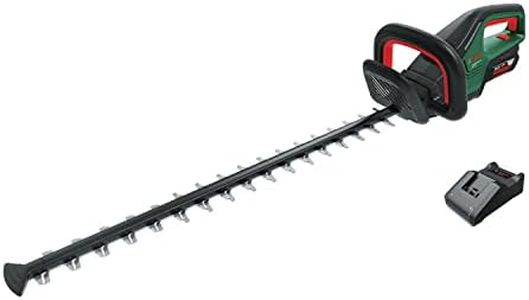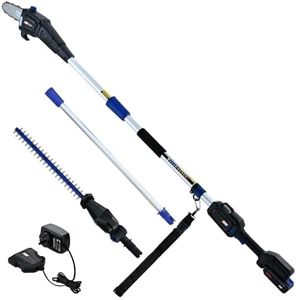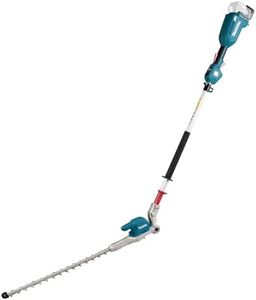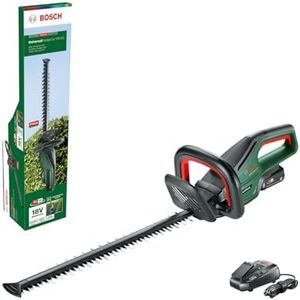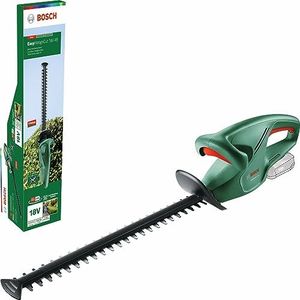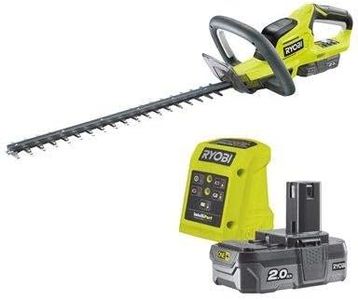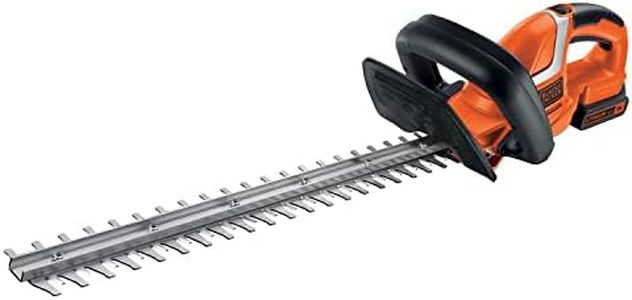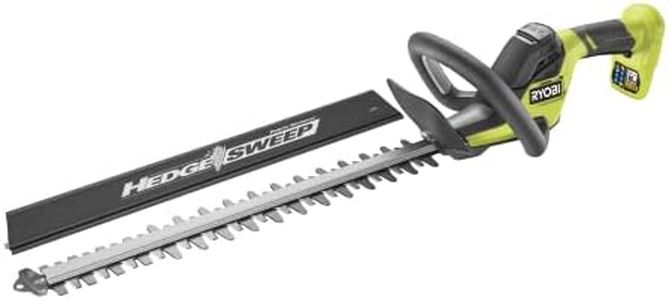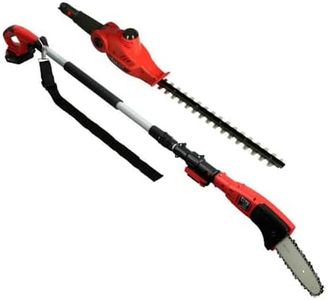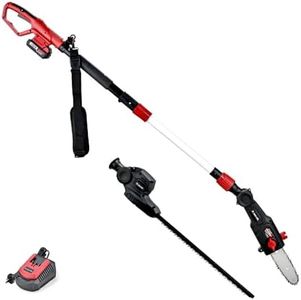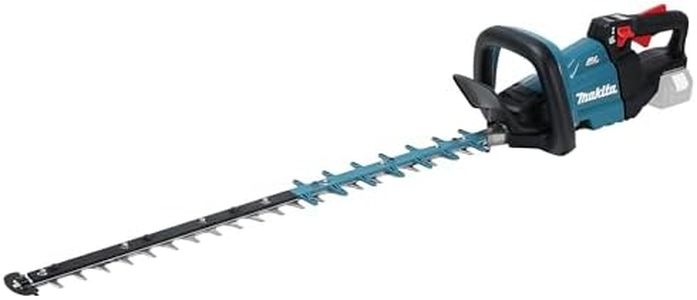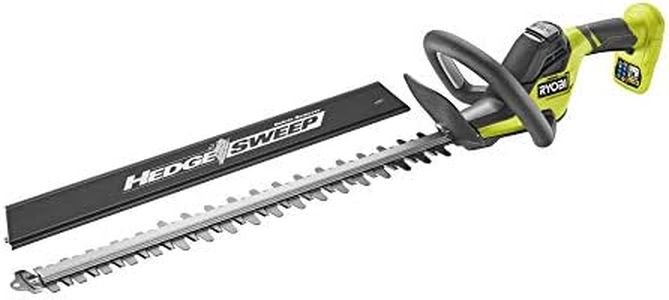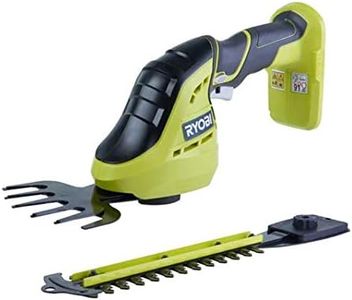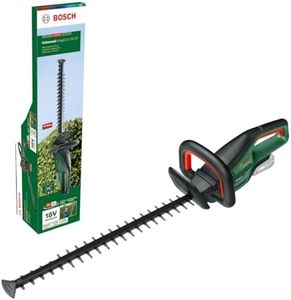We Use CookiesWe use cookies to enhance the security, performance,
functionality and for analytical and promotional activities. By continuing to browse this site you
are agreeing to our privacy policy
10 Best Battery Hedge Trimmer
From leading brands and best sellers available on the web.By clicking on a link to a third party's website, log data is shared with that third party.
Buying Guide for the Best Battery Hedge Trimmer
Choosing a battery hedge trimmer involves considering how much cutting you need to do, how big and tough your garden is, and how comfortable you want to be while trimming. Since battery models are cordless, they offer more freedom than corded trimmers, but you need to balance power, reach, and convenience. Understanding key features will help you make sure you get a tool that can handle your hedges without causing frustration or fatigue.Battery Voltage (V)Battery voltage tells you how powerful the trimmer is. Higher voltage generally means more power to cut through thick branches, but it may also make the unit heavier. Trimmers with lower voltage (around 18V) are lighter and better for small hedges and softer branches; middle-range voltages (around 20V–36V) suit average gardens, while high voltage (above 36V) is ideal for large properties or tough, thick hedge work. Think about the thickness and density of your hedges; lighter models are easier to use for smaller jobs, while larger hedges or older, woodier branches may need more power.
Battery Run TimeRun time tells you how long the hedge trimmer can operate before needing a recharge. This depends on battery capacity (measured in amp-hours, Ah) and how hard you’re working the tool. Typical ranges are 20–60 minutes per charge. If your hedges can be trimmed in 20 minutes, a shorter run time is fine. If you have long or multiple hedges, look for higher run time or plan to buy a spare battery. Assess how long your trimming tasks usually take to choose a run time that won’t interrupt your work.
Blade LengthBlade length decides how much hedge you can cut in a single pass. Short blades (about 16–18 inches) are easier to maneuver and good for shaping, while longer blades (20–24 inches or more) let you cover larger sections quickly, which is useful for tall or wide hedges. If you have small, simple bushes, a compact blade is sufficient and easier to handle. For long, formal hedges or thick shrubs, a longer blade will help you work faster and reach further.
Cutting CapacityCutting capacity is the maximum branch thickness the trimmer can cut, usually stated in millimeters or inches. Most battery hedge trimmers handle up to 0.5 to 0.75 inches (about 12–20mm). If your hedges have thin, green branches, almost any model will do. For older hedges with thicker wood, make sure the cutting capacity matches your oldest branches so you don’t get stuck or damage the tool.
WeightWeight affects how comfortable and easy the trimmer is to use, especially over long periods or overhead tasks. Lighter trimmers (under 6 pounds) reduce arm and shoulder fatigue, perfect for smaller gardens or when precise trimming is needed. Heavier models (~7–10 pounds or more) might be more powerful but can be tiring to handle, so consider your strength and the size of your hedges to find a good match.
Ergonomic FeaturesErgonomic features include handle design, balance, vibration reduction, and trigger placement. Good ergonomics make trimming more comfortable and reduce wrist or hand strain, especially on bigger jobs. If you have any mobility or strength concerns, look for features like wrap-around handles, soft grips, or adjustable handles. Try to imagine how the tool will feel in your hands for the duration of your typical hedge-trimming session.
Charging TimeCharging time is how long the battery needs to reach full power. Faster charging is more convenient if you only have one battery and want to get back to work quickly. Usual times range from under an hour to several hours. If you plan to do a lot of trimming in one day, consider how long you’re willing to wait between charges or invest in a spare battery.
